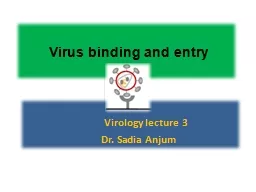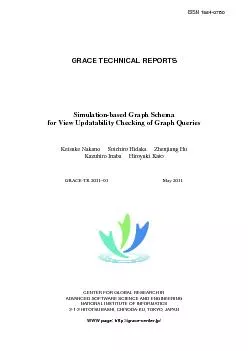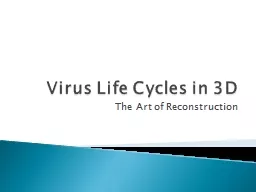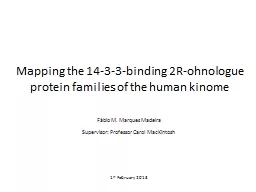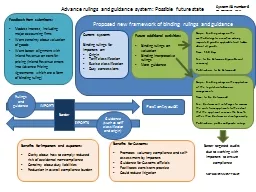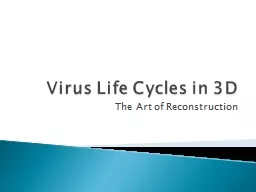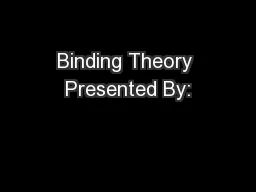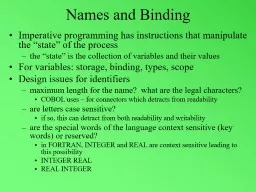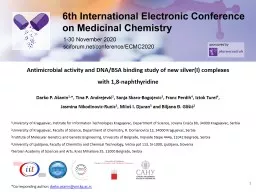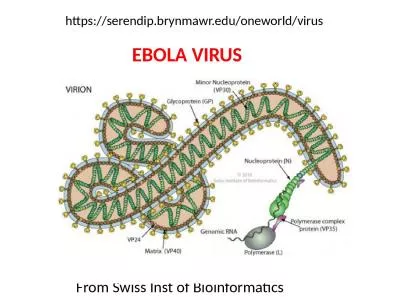PPT-Virus binding and entry
Author : joy | Published Date : 2022-04-06
Virology lecture 3 Dr Sadia Anjum Entry of avian leukosis virus a model simple retrovirus Classically all retroviruses were thought to be pHindependent More
Presentation Embed Code
Download Presentation
Download Presentation The PPT/PDF document "Virus binding and entry" is the property of its rightful owner. Permission is granted to download and print the materials on this website for personal, non-commercial use only, and to display it on your personal computer provided you do not modify the materials and that you retain all copyright notices contained in the materials. By downloading content from our website, you accept the terms of this agreement.
Virus binding and entry: Transcript
Download Rules Of Document
"Virus binding and entry"The content belongs to its owner. You may download and print it for personal use, without modification, and keep all copyright notices. By downloading, you agree to these terms.
Related Documents

